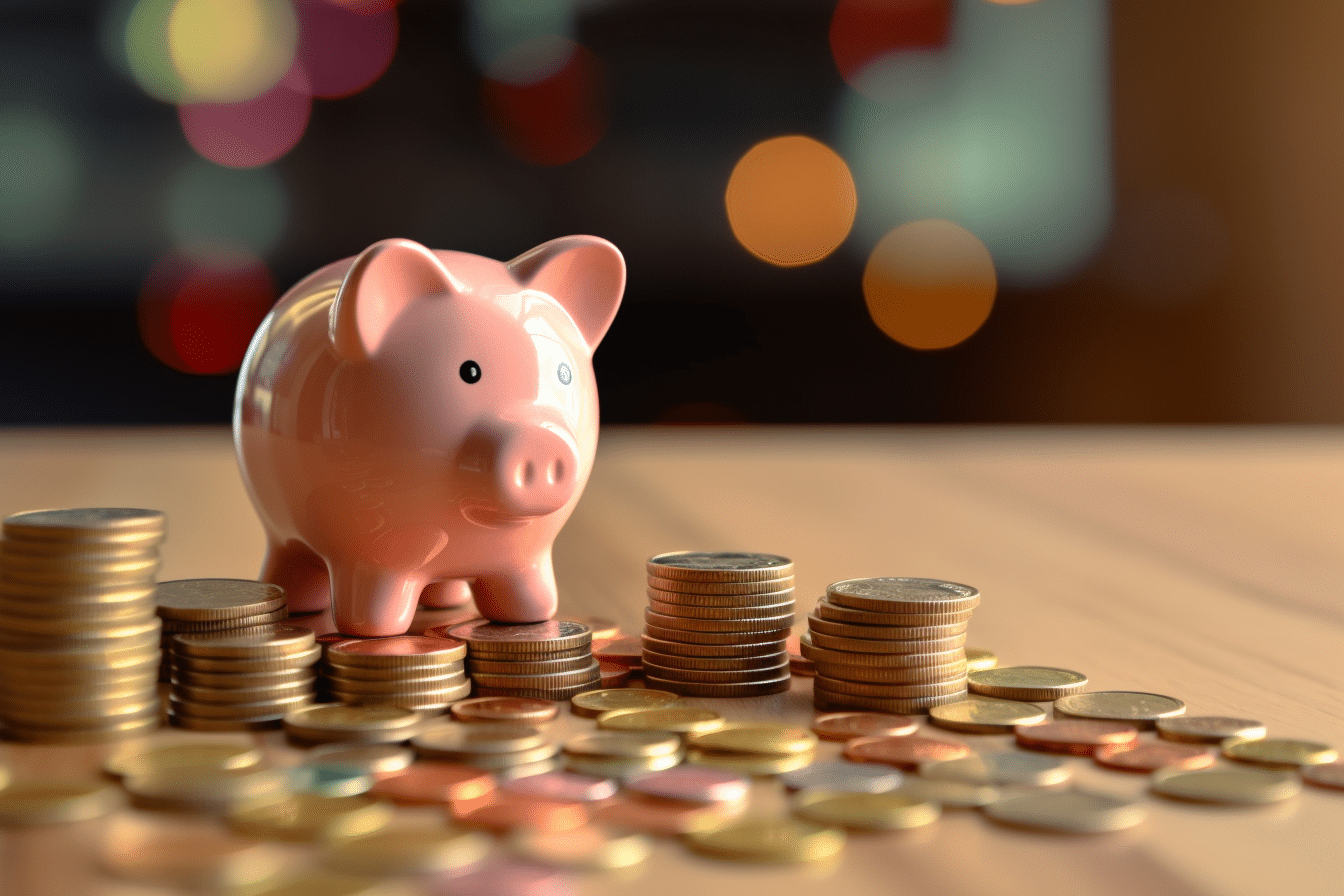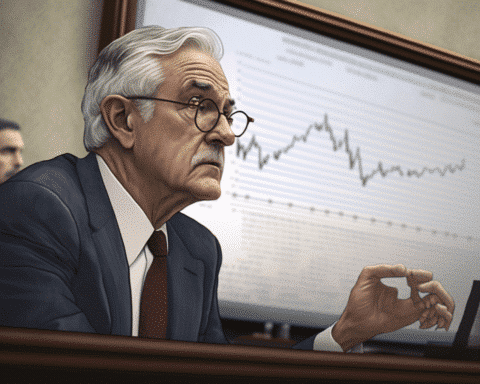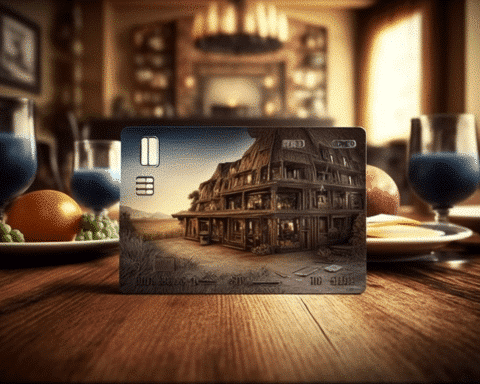Since the latter half of 2021, inflation has persistently posed a challenge. Despite a consistent downward trend since its June 2022 peak, inflation levels are yet to align with what the Federal Reserve deems to be expected or manageable.
April’s Consumer Price Index (CPI), a measure of changes in consumer goods and services costs, exhibited a 4.9% year-over-year increase. It also marked a 0.4% rise from March.
The issue arises as the Fed aims to reduce inflation to 2%, a level it staunchly believes is necessary for economic stability. Consequently, the Fed will likely introduce another interest rate hike in its upcoming meeting to move inflation closer to its target. This development spells trouble for personal loan consumers.
Preparing for Increased Borrowing Costs
Setting consumer borrowing rates does not fall on the Federal Reserve. The interest rates attached to your mortgage, auto loan, or home equity loan are determined by your lender.
The Fed, however, controls the federal funds rate, the rate at which banks lend to each other for short-term purposes. Consumer borrowing costs generally rise when the Fed increases this rate, meaning the latest inflation figures could impact personal loan consumers.
Significantly, if you are currently repaying an existing personal loan, any further rate hikes this year should not affect you as personal loans typically have fixed interest rates, ensuring stable monthly payments even if the federal funds rate rises.
Another rate hike might make the loan more costly if you are contemplating a personal loan soon. Therefore, you should secure a personal loan before the Fed raises interest rates again, or you may choose to postpone borrowing.
Even without another Fed rate hike, the current interest rates on personal loans are generally higher than a year ago. Delaying your borrowing could put you in a more favourable position to finance your upcoming significant project or purchase at a lower cost.
Strategies to Secure the Best Personal Loan Rate
You may be considering a personal loan to fund an urgent home repair. In such a case, there may be other options than waiting a year.
Nevertheless, you can improve your odds of securing a personal loan’s most competitive interest rate by maintaining a high credit score. Personal loans are unsecured, meaning they are not linked to a specific asset like a mortgage; hence, lenders must exercise caution.
A strong credit score, preferably in the high 700s or above, signals to lenders that you are a trustworthy borrower, potentially earning you a lower interest rate than someone with a lower score.
To quickly improve your credit score, you could check your credit report for inaccuracies (and rectify any errors that negatively impact your credit history) and repay a significant portion of your existing credit card debt. However, if you require a personal loan, you likely need more funds to clear your credit card balance completely.
Consistently paying your bills on time is an effective way to enhance your credit score. However, this method requires time, which might be a luxury you don’t have if you urgently need a personal loan.
Ultimately, the latest inflation data and potential interest rate hikes by the Federal Reserve have significant implications for personal loan borrowers. It is crucial to be aware of these developments and carefully consider the timing of your borrowing decisions. Whether you choose to secure a personal loan now or wait for more favourable conditions, understanding the impact of inflation and maintaining a solid credit score will help you navigate the borrowing landscape more effectively.




